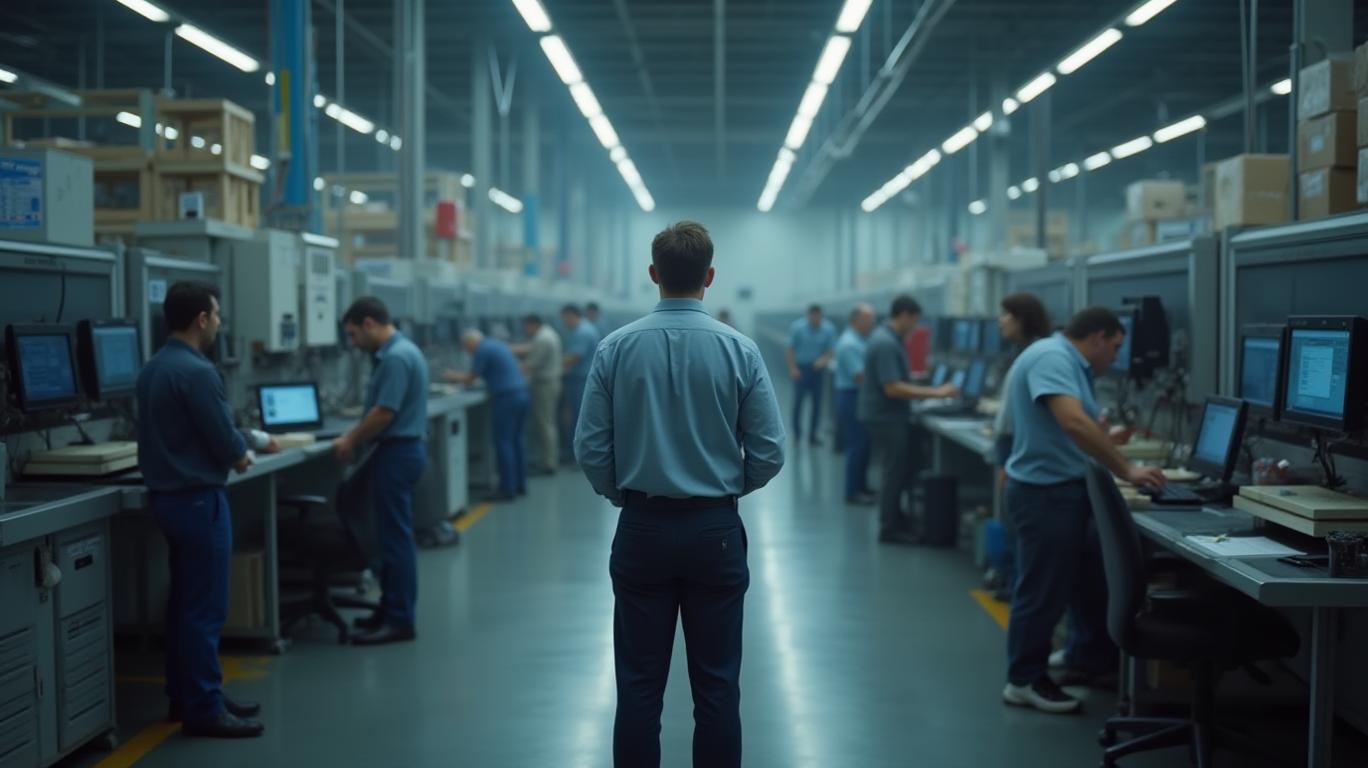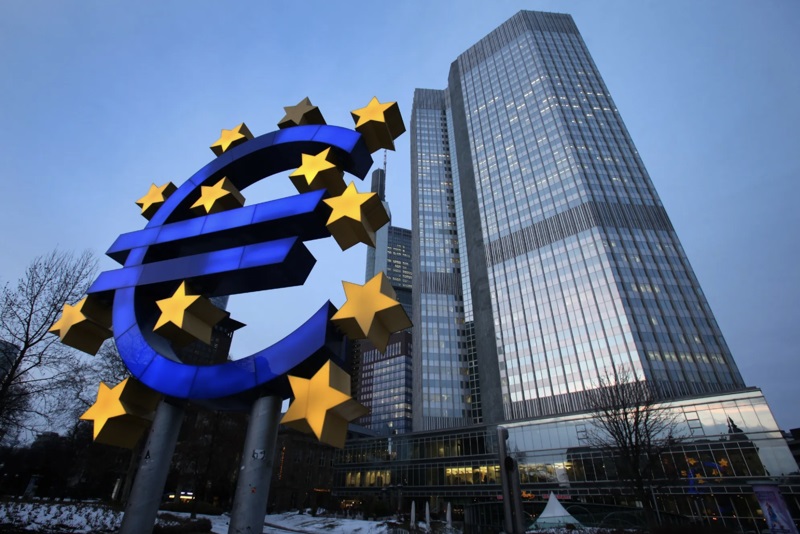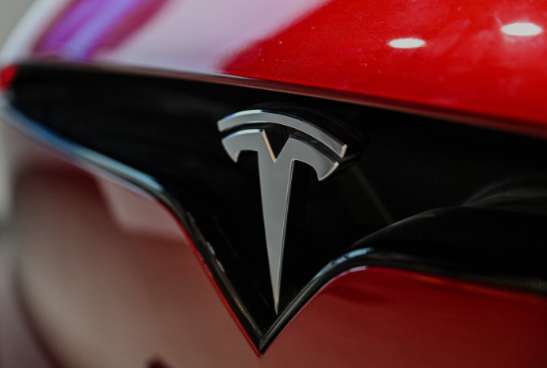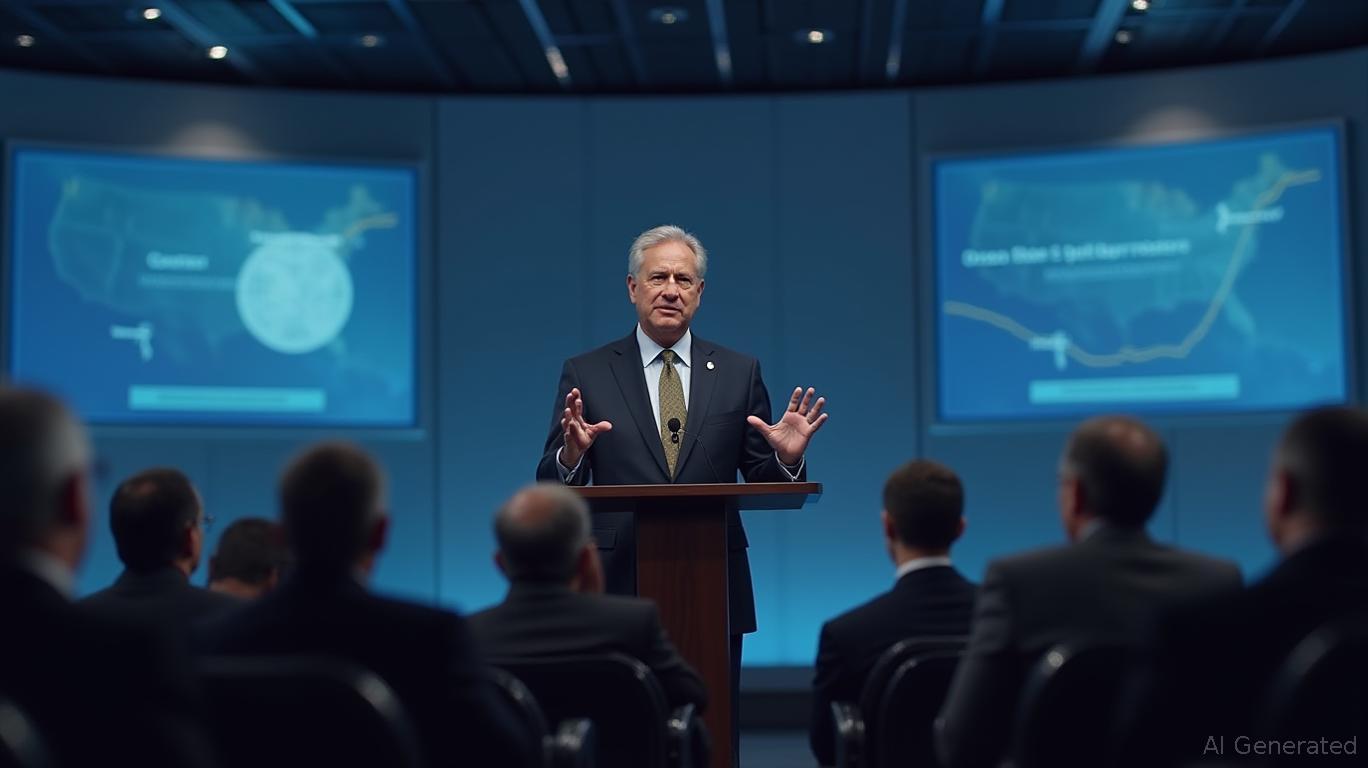Zebra Outperforms in Q1 Amid Tariff-Driven Headwinds
Zebra Technologies delivered a robust first quarter in fiscal 2025, defying expectations with strong sales growth and margin resilience. Yet its optimism was tempered by a stark warning: U.S. tariffs lingering from the Trump era are now costing the company tens of millions of dollars per quarter, reshaping its financial outlook and underscoring a broader challenge for global supply chains.
Ask Aime: How will Zebra Technologies' first quarter performance and tariff concerns affect U.S. retail investors?
The company’s Q1 results were a triumph on paper. Adjusted EPS of $4.02 and net sales of $1.31 billion beat consensus estimates by wide margins, fueled by double-digit growth in its Asset Intelligence & Tracking and Enterprise Visibility & Mobility segments. CEO Bill Burns highlighted “positive demand trends” extending into Q2, with customers in retail, healthcare, and manufacturing accelerating investments in automation and real-time tracking solutions.
Ask Aime: "Will Zebra's Q1 results boost its stock?"

Yet the shadow of tariffs looms large. Zebra now expects tariff-related costs to reach $70 million annually, a sharp escalation from its earlier $20 million estimate. For Q2 alone, these costs will slice $25 million to $30 million from profits, pushing its adjusted core profit margin down to 19%—a 3.3-percentage-point drop from Q1’s 22.3%. The hit has forced Zebra to slash its full-year EPS guidance to $13.75–$14.75, a reduction of $1.00 from its prior outlook.
The strain reflects a systemic issue. While Zebra’s shares rose 6.4% in early trading—a sign investors are prioritizing current performance over near-term tariff risks—the company’s predicament mirrors broader industry pain. Companies like General Motors and Skechers have withdrawn forecasts amid trade uncertainties, and Zebra’s reliance on global manufacturing makes it particularly vulnerable. Its supply chain spans factories in China, Mexico, and Malaysia—regions subject to U.S. tariffs on imports, including components for its barcode scanners and RFID tags.
To offset costs, Zebra is pursuing pricing hikes, supplier negotiations, and supply chain reconfigurations. But these measures have limits. The company’s Q2 sales guidance of 4%–7% growth—while modest compared to Q1’s 11.3% surge—still hinges on demand holding steady, a precarious bet in an uncertain macroeconomic environment.
The stock’s resilience, however, suggests investors are betting on Zebra’s long-term strengths. Its software-driven solutions, such as cloud-based inventory management systems, command higher margins and recurring revenue, potentially shielding it from margin pressures over time.
The key wildcard remains trade policy. If tariffs remain in place, Zebra’s 2025 margins could stay depressed, with the $70 million annual tariff burden equating to roughly 5% of its 2024 revenue. Yet a resolution—whether through exemptions, renegotiations, or shifts in sourcing—could reignite margin expansion.
In conclusion, Zebra’s Q1 success highlights its operational agility, but its Q2 and full-year challenges reveal the fragility of globalized business models. Investors are right to reward today’s results, but the path to sustainable profitability hinges on resolving trade tensions—a risk that remains unresolved. For now, Zebra’s story is one of resilience amid a storm, but the storm’s duration will determine its future.

_5f1303b21749128462012.jpg)








